Team Travel Journal: A Guided Journey Through Vietnam
by Kate G
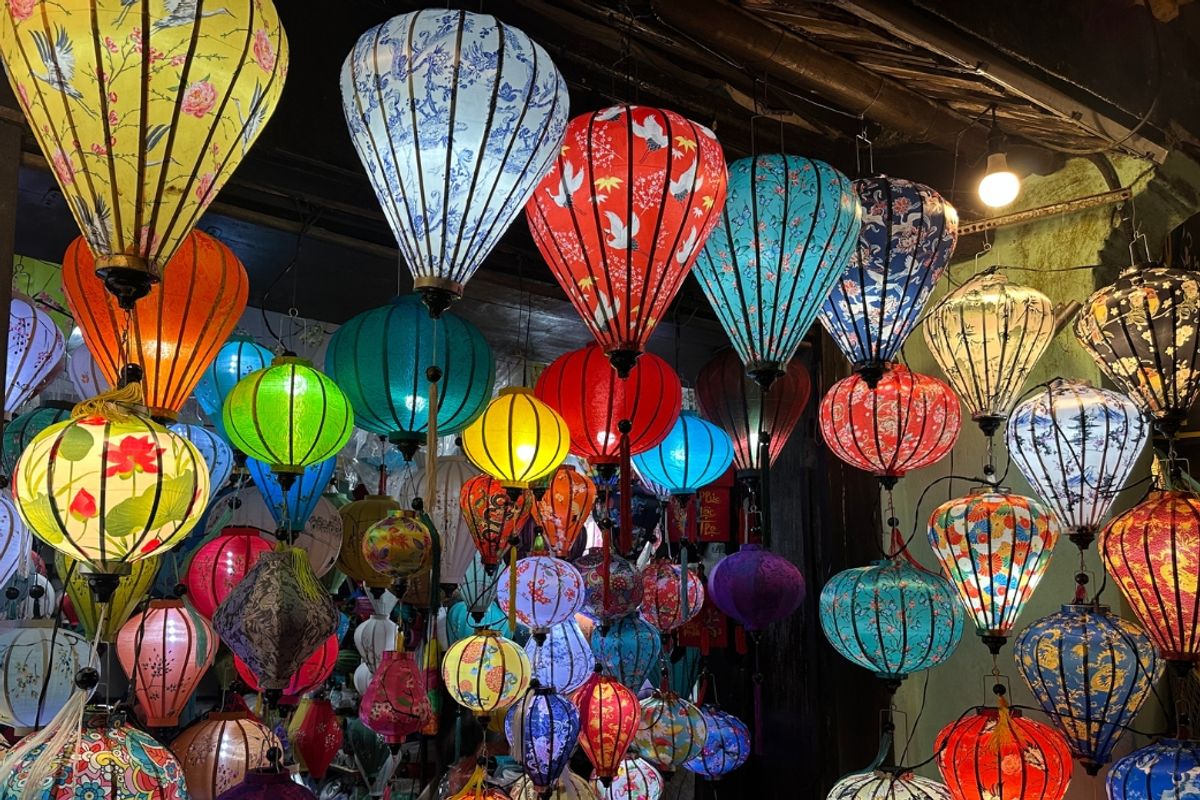
Travelling the length of Vietnam from Hanoi to Ho Chi Minh City is a classic way to experience this beautiful country. Selective Asia’s (other!) Kate took a winding route from north to south Vietnam, via peaceful inner landscapes and multi-layered cities, with exceptional guides accompanying her at every stage.
What were your first impressions of Vietnam?
Vietnam had been on my travel wish list for many years, and I found a country of complex traditions, natural beauty, welcoming culture and outstanding food - my top tip is to always be hungry!
I’d heard dozens of stories from those who had visited Vietnam, but seeing it for myself added a completely different depth and perspective. As we drove into central Hanoi on the day I arrived, the early-evening air was sticky with humid heat. Sharp noises cut through the low traffic hum, warm lights illuminated the open spaces, and tempting aromas wafted out from closely-packed restaurants. The city centre felt busy, for sure, but not to the levels of chaotic clamour I’d been braced for, and there was a tangible atmosphere of celebration, all of which Mr Chương, my guide, quickly explained: it was a very special Reunification Day.
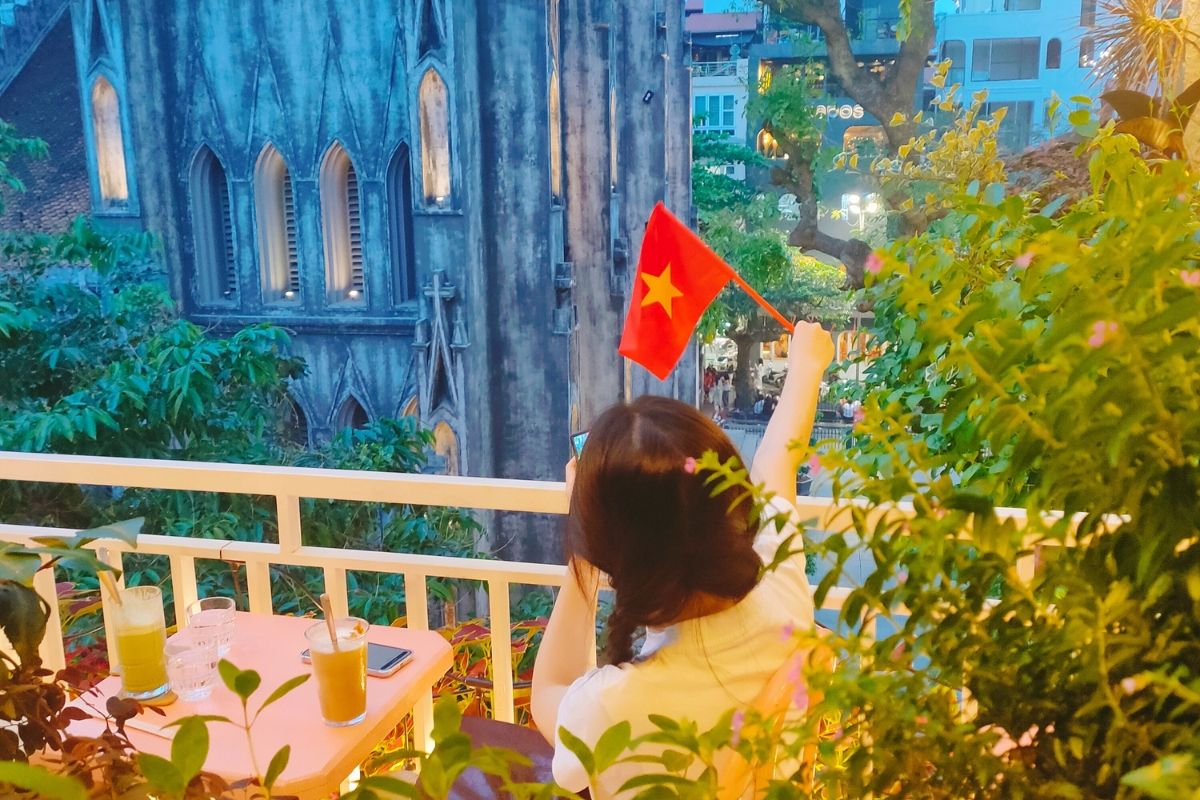
What impact did your guides have on your trip to Vietnam?
That first conversation about the atmosphere in the city was just one of many where a guide gave context to things that might otherwise have passed me by. I asked Mr Chương why Hanoi seemed relatively quiet, compared to what I had been expecting: Reunification Day was always a big national holiday, he said, but this year was an especially significant one celebrating 50 years since the end of the war. Many people were off work, the schools were closed, and some residents had headed south to Ho Chi Minh City to see the big military parade. Mr Chương said he had been watching the parade on the TV earlier in the day, and it had looked spectacular.
This explained the tangible sense of anticipation, the hundreds of national flags - bright red with a central yellow star - hung from every window, balcony and building, and the lighter traffic. As a first-time visitor to a new place, it’s not always easy to sort the unusual from the everyday. Seeing Vietnam through the eyes of local guides cut through all that, providing a depth of experience it would have been impossible to achieve alone.
I was lucky enough to be accompanied by three different guides during my trip - one in the north, one in the centre, and one in the south - alongside a couple of experience-specific guides in Hanoi, and several excellent drivers who took us smoothly across long distances and through city traffic without a hitch. In every case, their kindness, conversation, story-telling, adaptability and local perspectives brought my experience of Vietnam into vivid colour, and made a great trip into an outstanding one.
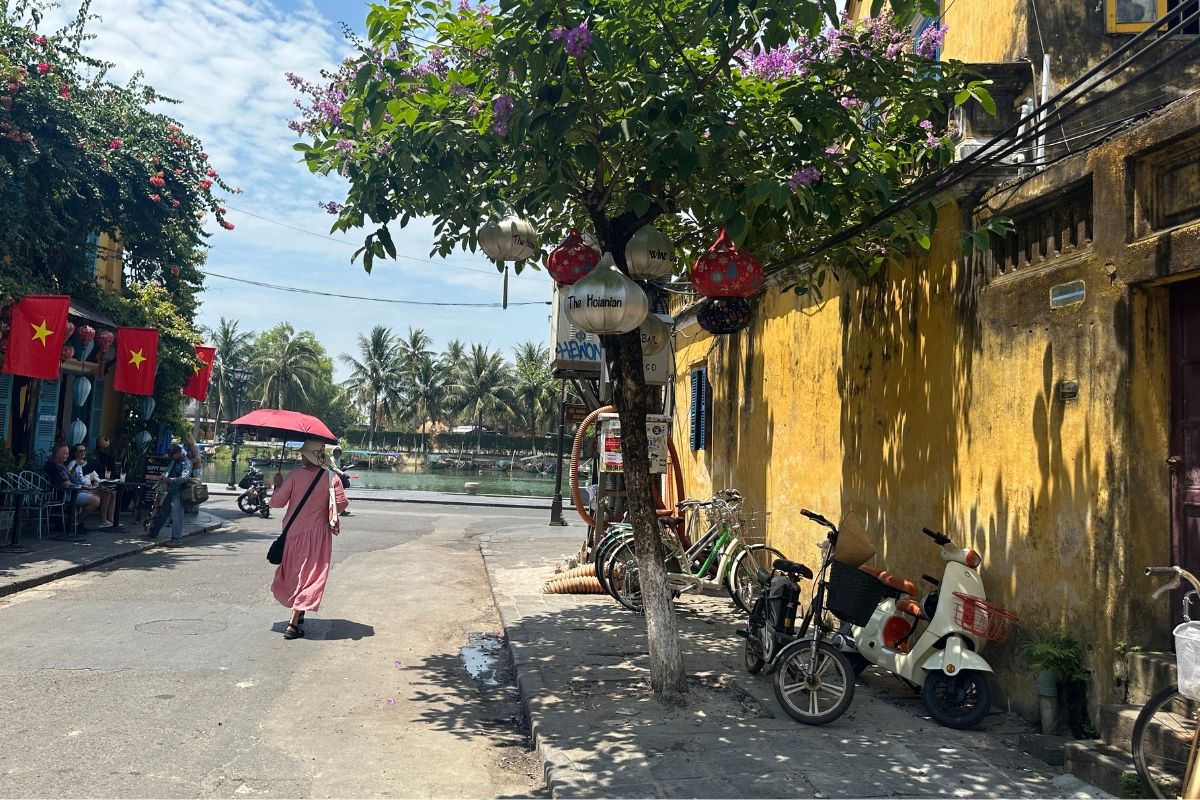
What were the highlights of your trip to Vietnam?
Hanoi
Zipping through the streets of Hanoi on the back of a proper Vespa was a sure-fire way to feel instantly connected to the city – weaving among the traffic, rather than avoiding it. Having never ridden on a scooter or motorbike before, I wasn’t sure how it would go, but ‘hang on, hold tight and sit up straight’ seemed to do the trick.
The journey was peppered with memorable moments: a cool drink in the warm light of the city’s cathedral; comfortingly soft phở rolls and crispy phở cuon in a brightly-lit café full of local families and hubbub; riding fast through the gently-falling rain. We ate Michelin-listed chả cá catfish beyond the fringes of the usual tourist trail, and paused at the Ho Chi Minh Memorial, which was quiet without the usual military parade. Ending the evening with strong, sweet cà phê and live jazz was the perfect wind-down. I couldn’t imagine a better introduction to the city than being gently guided through its sights and flavours.
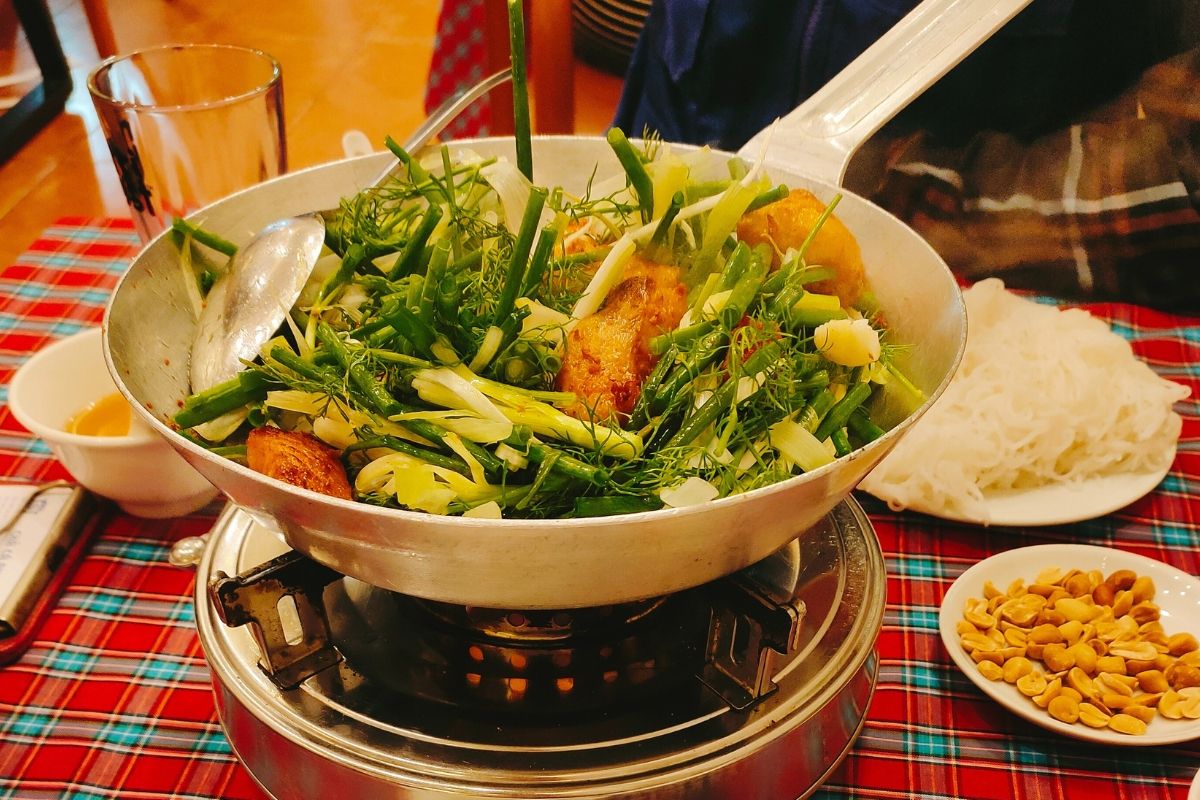
Outside my hotel at the end of the evening, the streets of Hanoi Old Town twinkled with fairy lights and the soft rain sparkled in the streetlamp glow. Hanoi was an easy place to feel at home in: welcoming and busy, yet relaxed with a warmly lit café on every corner beckoning you inside to nourish body and soul.
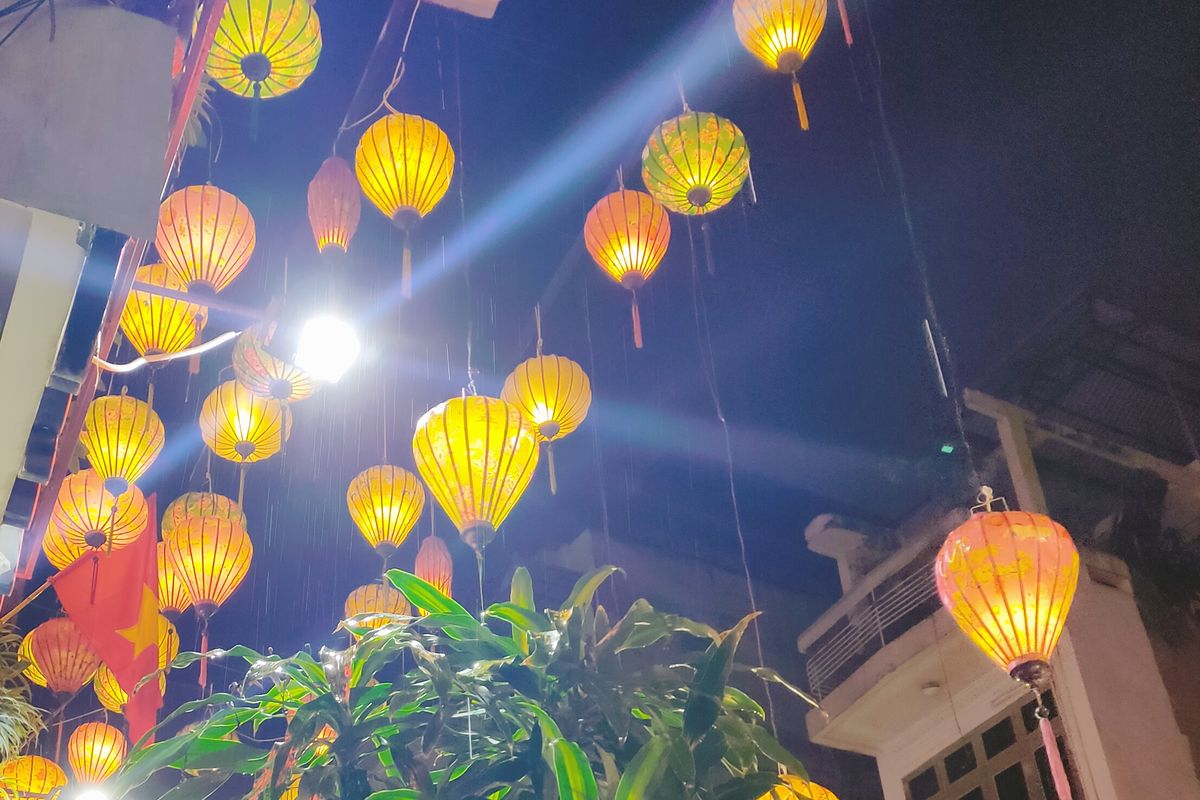
Mai Chau
Just a few hours’ drive west of Hanoi, the rural expanse of the Mai Chau region opens out. The tightly-packed patchwork of city buildings is replaced with a landscape of impossibly vibrant greens, from emerald to chartreuse. Limestone karst hills erupt vertically from open plains, the valleys in-between blanketed by rice fields and low-roofed homes.
Looking out over it all from a roadside viewpoint, Mr Chương gave the picture context by elaborating on the distinctive traditions of the Hmong communities who have lived in the valley for centuries, and the different influences that each play their part in the country’s culture.
I could have stayed looking out over the Hoa Binh Lake from my shady balcony at the Mai Chau Hideaway forever, sipping more strong cà phê as a handful of fishing boats cut through the blue, mirror-still surface of the water. The tranquility was spellbinding.
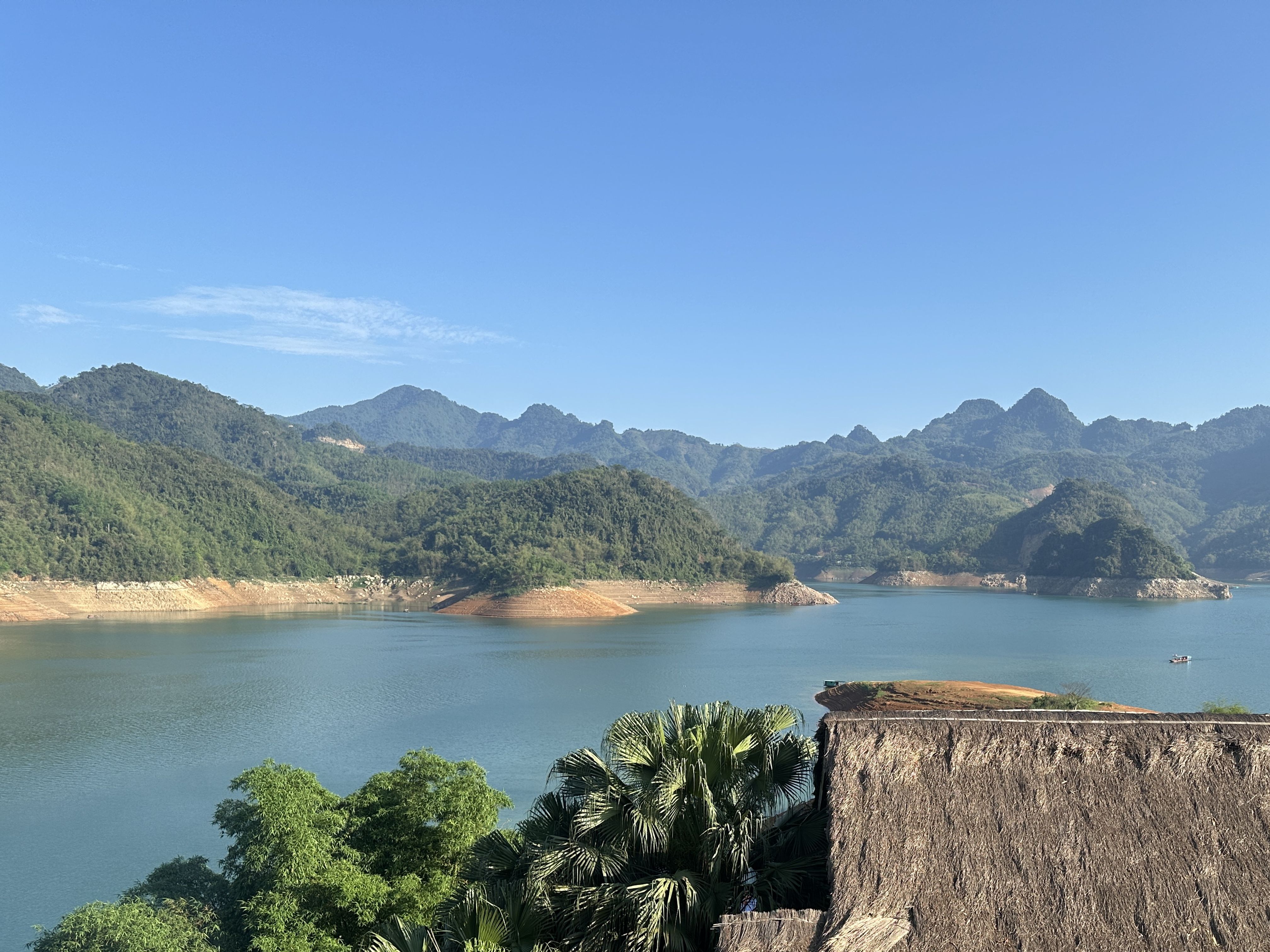
Though looking out on the landscape is wonderful, stepping into it is even better. Starting early to beat the fiercest of the sun, Mr Chương guided me through the valley, wandering along a narrow country road past small farms and sleepy homes, the heat-soaked silence broken only by humming insects, the barking of occasional enthusiastic farm dogs, and Mr Chuong’s gentle voice telling me about the different plants that lined the pathway.
I sheltered from the sun under an umbrella-repurposed-as-parasol that our driver had thoughtfully provided, and there was no rush – Mr Chương matched his pace to mine. Lunch at the homestay-hostel restaurant at the end of the trail was a phenomenal selection of beautifully prepared dishes showcasing fresh, local ingredients. It was some of the best food I had all trip, and that’s a high bar!
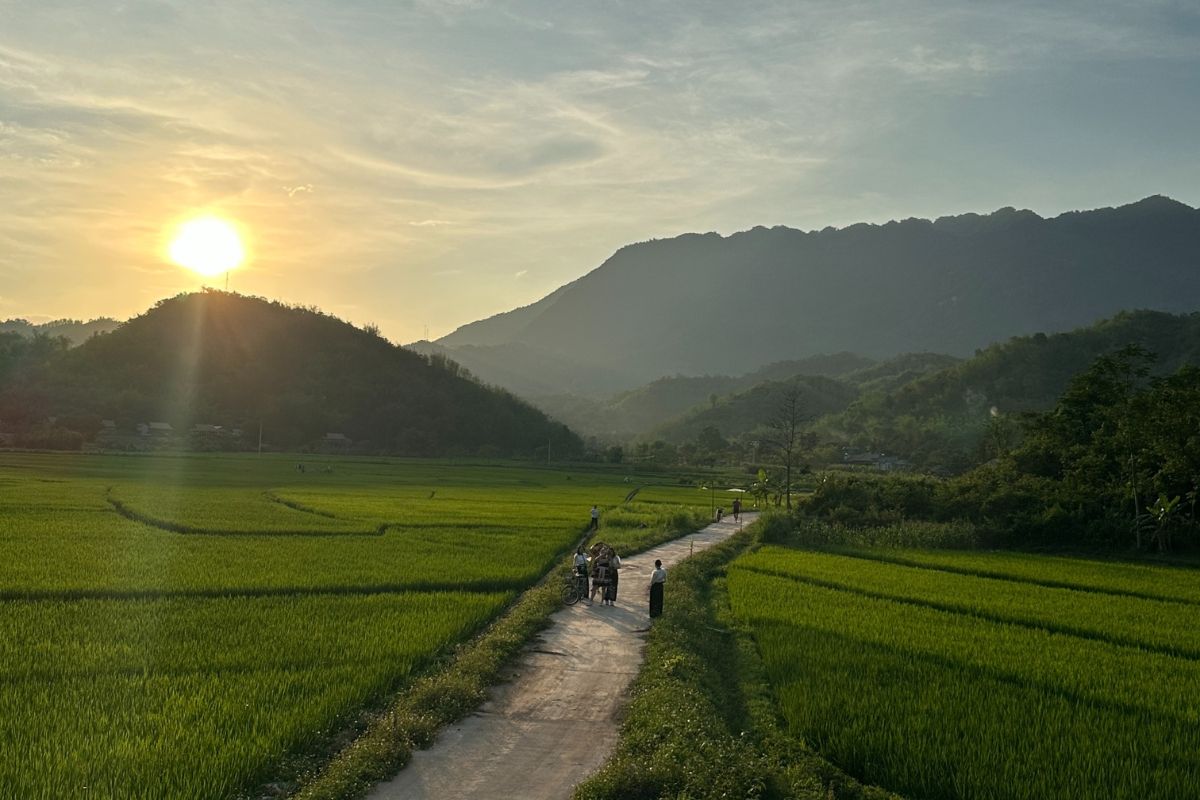
Yen Tu
The densely-wooded foothills of Yen Tu in the east offered another perspective on Vietnam’s rural side. Yen Tu Mountain is a place of spiritual significance for Buddhists, and most visitors come here for a single purpose: to make the climb to the pagoda the summit of Yen Tu’s 3,000 ft peak. Even with two cable cars to take some of the strain, the climb is no walk in the park. It would be easy to feel unsure about whether to make the climb if you were on your own. How tricky is it? What will it be like at the top? Again, Mr Chương’s support made all the difference. Don’t embark upon the 3-hour climb, he advised, if you’re not sure you can make it all the way up and back again, as stopping half-way isn’t an option – there’s no easy way down! He assured me we could take it slowly, and that he’d led many groups here before.
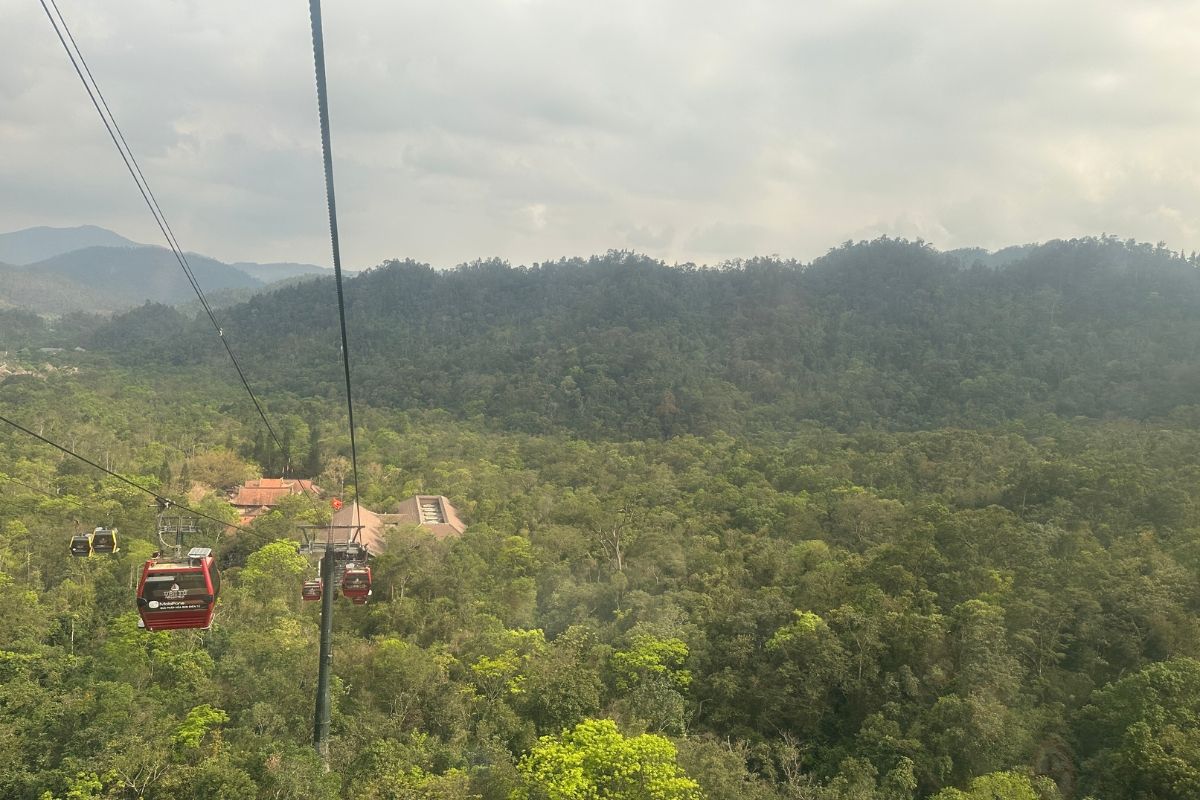
The humidity at ground level was intense, but the skies were clear and it was a quiet day on the mountain. With the promise of crisper, cooler air ahead, we started the climb, up stone steps and along well-worn pathways, past quiet eateries and small shrines. Mr Chương chatted about those who he had accompanied up the mountain recently, including a group of young Buddhist monks from Europe who had eschewed the cable cars and climbed the whole way up, taking over 6 hours!
After those vertiginous cable car rides and many hundreds of steps, we finally reached the golden Buddha looking out over the mountainside. The weather at the bottom of the mountain can often be completely different from the weather at the top, Mr Chương informed me, and so it was on the day of our climb – by the time we reached the Buddha, we were in a cloud. It felt good to have made it, and to look out through the cool mists to the landscape stretching out below.
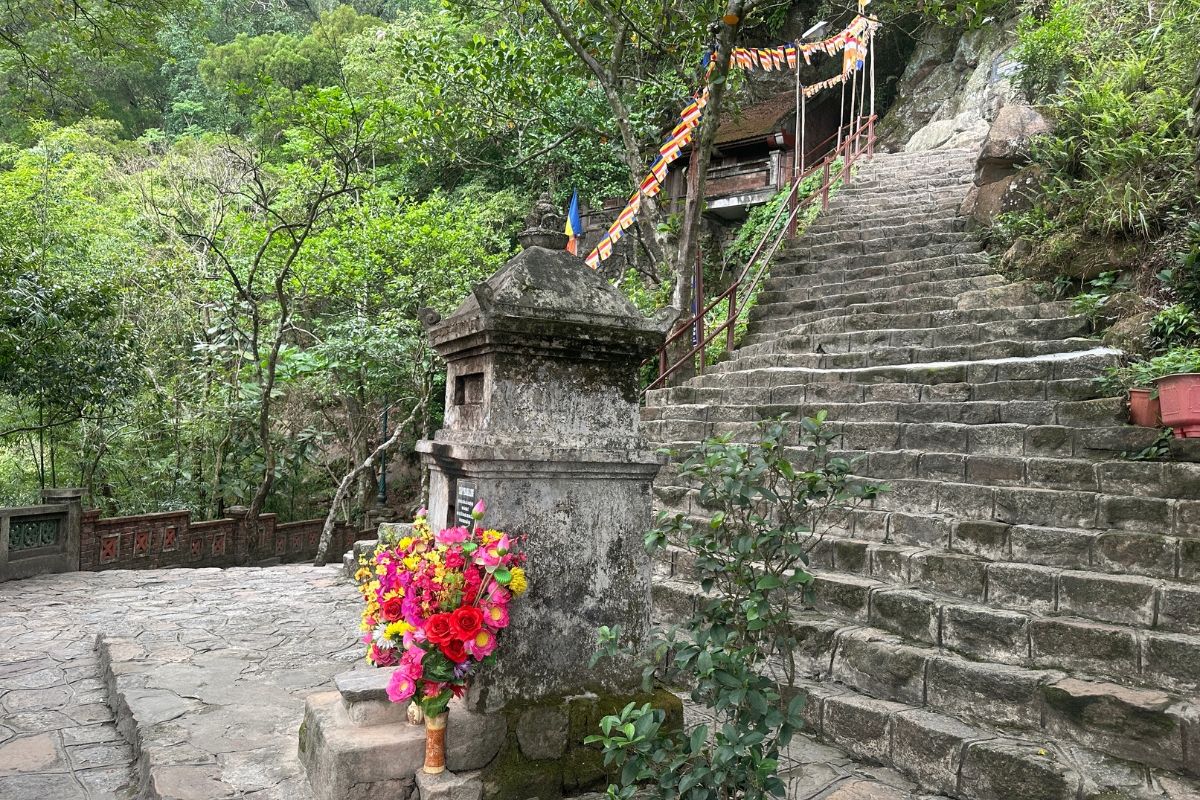
Hoi An
Through the expert lens of my central Vietnam guide, Van, I saw a deeper side to Hoi An. She steered me through the town, pink parasol aloft, between pockets of gathering crowds, to incense-clouded temples and historic shophouse museums. We saw floral tributes left at the feet of a sea goddess, narrow houses furnished with exquisitely inlaid wood, and tailors’ shops bursting with rainbow-hued silk. In the markets, we wove between dozens of stalls preparing fresh fish and meat, and a hundred baskets of vibrant vegetables, as local shoppers came to choose that day’s ingredients.
My food tour of Hoi An’s was via a 1960s US jeep, which was compact and nippy enough to tackle the narrow pathways between the rice fields on the outskirts of the town. It was a little surreal to turn suddenly away from the neon and tarmac highway and find ourselves driving over rough dusty ground with the rice harvest in progress on either side. The fields displayed a whole range of colours, from vibrant green through soft yellow, and finally to charcoal scrub where the harvested stalks had been burned away as the grains ripened in waves.
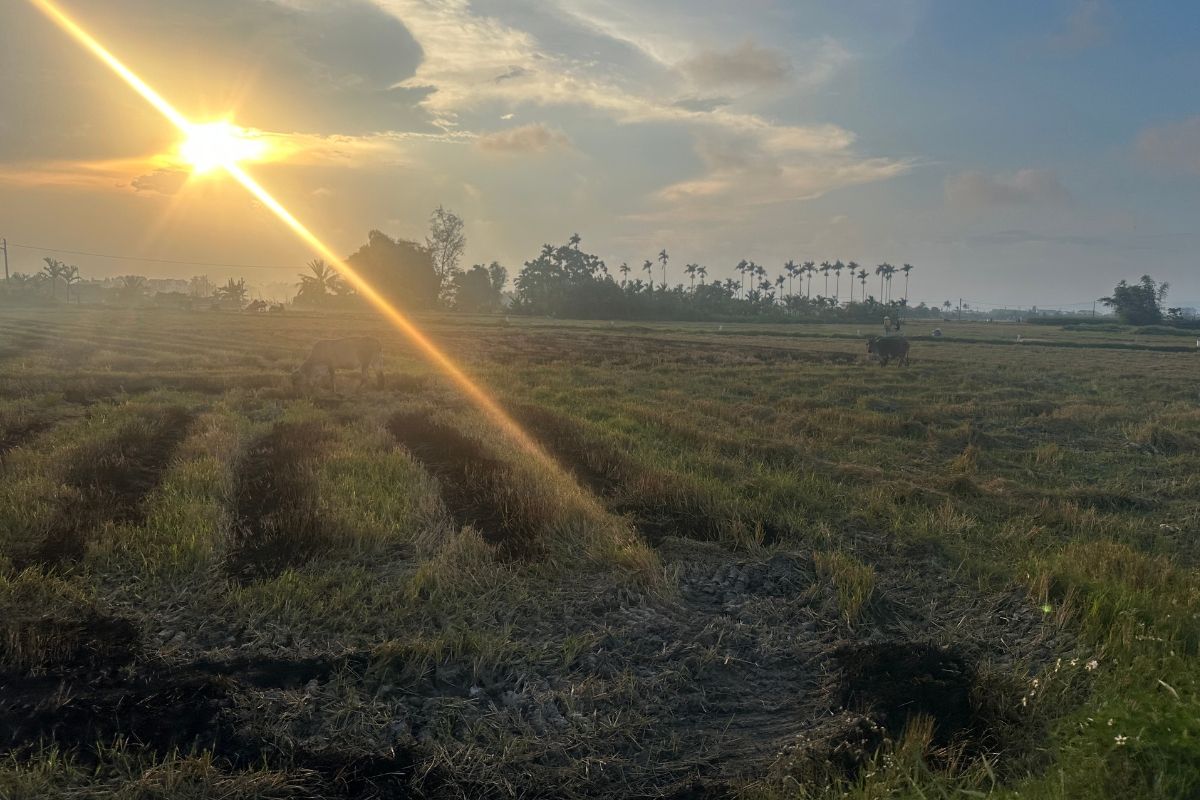
Van took us to a selection of local eateries, occasionally explaining why she’d chosen one particular place over another – “The dumplings are better here”. We ate dish after dish in a steady succession of spots throughout the city, including spiced scallops and juicy prawns by the sea, white rose dumplings and crispy wantons on the edges of the Old Town, and generously-filled spring rolls and bún chả barbecued pork in Van’s favourite no-frills café.
Wandering back along the quieter side of the river, looking over to the fairground lights and loud music on the opposite bank, we paused for a heat-busting sugar soup laden with sweet beans and agar jelly, before rounding off the night with coffee looking down over the gently-bustling Old Town streets.
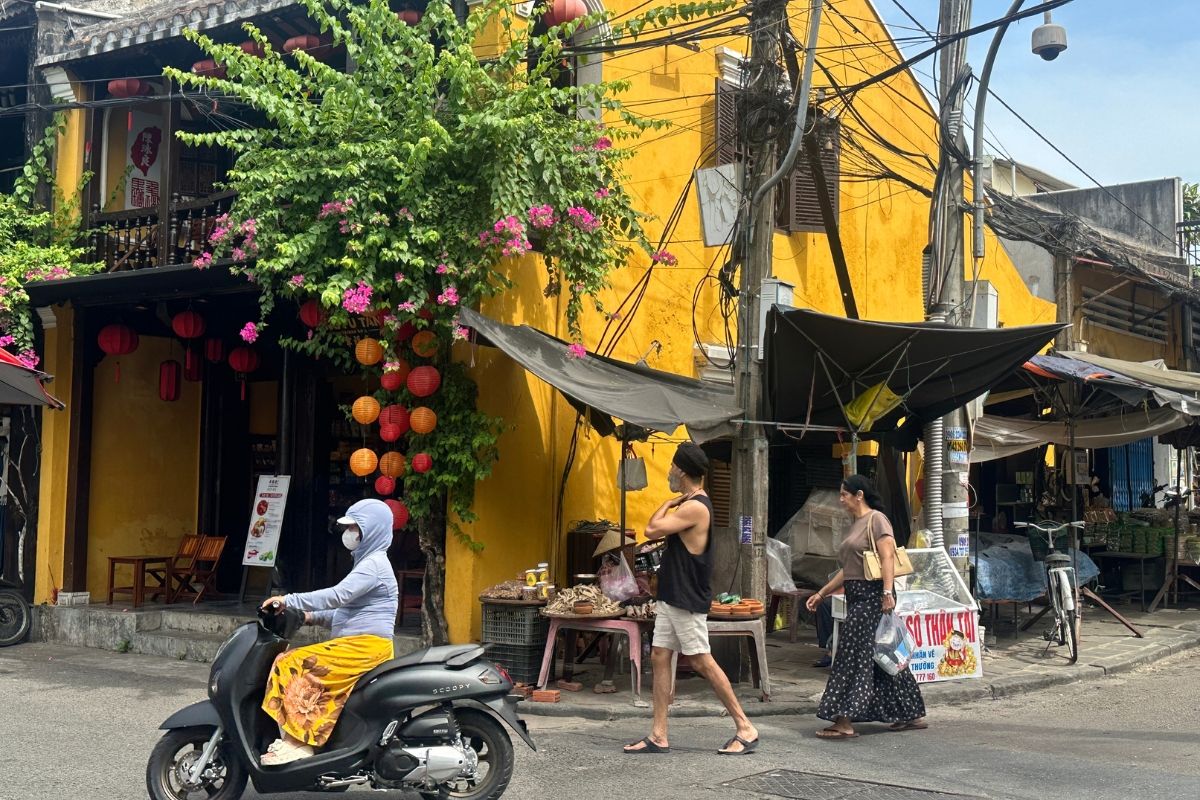
Ho Chi Minh City
Vietnam’s cosmopolitan capital, Ho Chi Minh City, had a different but equally compelling atmosphere compared to its northern counterpart of Hanoi. The city formerly - and sometimes still - known as Saigon had the familiar big-city sheen of international high-end brands on wide boulevard corners. There was an orderly sense of stop-start rhythm to the traffic, and a cocktail of cultures all making their own space.
My southern-side guide, Tien, was unfazed that some of the city’s landmarks were closed following the Reunification celebrations, and suggested an alternative route. We wandered through local markets where Tien bought fresh mangosteens and cashew nuts that we ate huddled in a cosy café away from the main drag, washed down with cool salted coffee. The wholesale barter and hustle of the side street markets opened out into the cool, wide roads lined with rustling trees and pink-and-cream buildings.
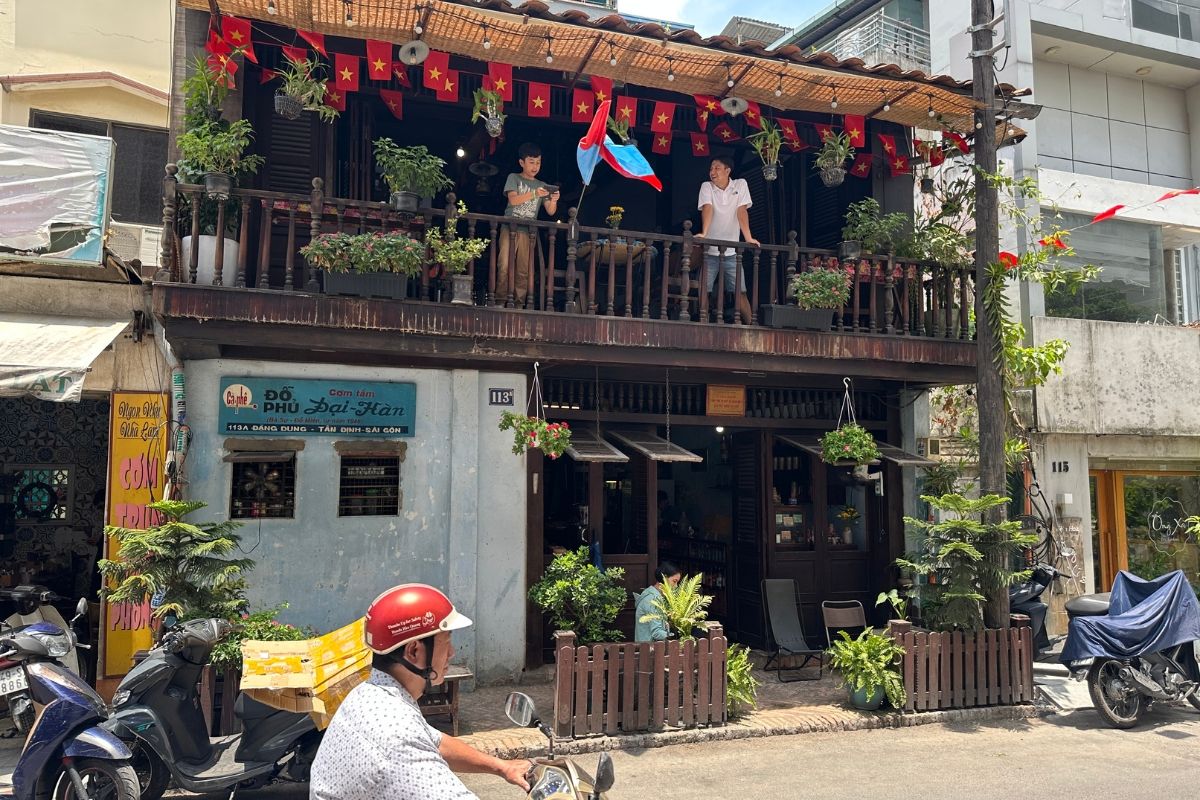
An unassuming coffee-shop frontage hid the clandestine tunnels and secret communications ‘post-office’ of the southern resistance from the US war, contrasting sharply against the high ceilings and showy grandeur of the French-designed Saigon Central Post Office. The sombre sadness of the War Remnants Museum felt a world away from the modern, glass-walled heights of the Bitexco Tower, with sky-high views across the ever-expanding horizon, where we watched the sun set.
As we drove away from Ho Chi Minh City towards my flight home, Tien gifted me a beautiful hand-made bracelet of semi-precious stones, and a pouch of her favourite coffee to bring the taste of Vietnam to my own kitchen table. Touching kindnesses that I’ll cherish.
What is your stand-out memory of Vietnam?
There’s so much that was incredible, but the people I met, and the warm local welcome they gave, is what has stayed with me. My guides were all so special, and brought the trip to life for me in deeply personal ways that reflected each of their characters. Everyone I met, from the hotel staff to local stall-holders, was so friendly that I felt really relaxed at every stage.
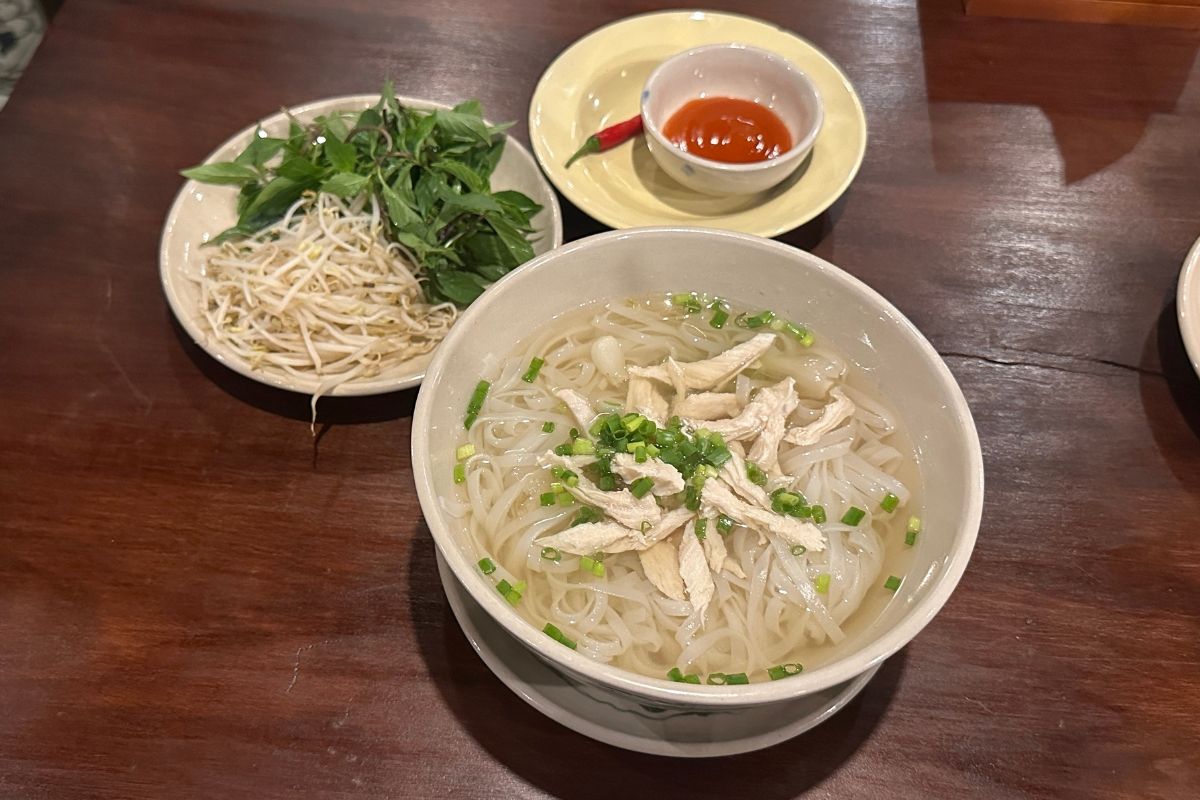 My first taste of genuine Vietnamese phở was pretty special too - it is so much more than the sum of its parts. It really is like home in a bowl; like being hugged through food. Proper soul-warming sunshine.
My first taste of genuine Vietnamese phở was pretty special too - it is so much more than the sum of its parts. It really is like home in a bowl; like being hugged through food. Proper soul-warming sunshine.
Get in touch with our Specialists to plan your next Vietnam adventure.
by Kate G on 11th July 2025